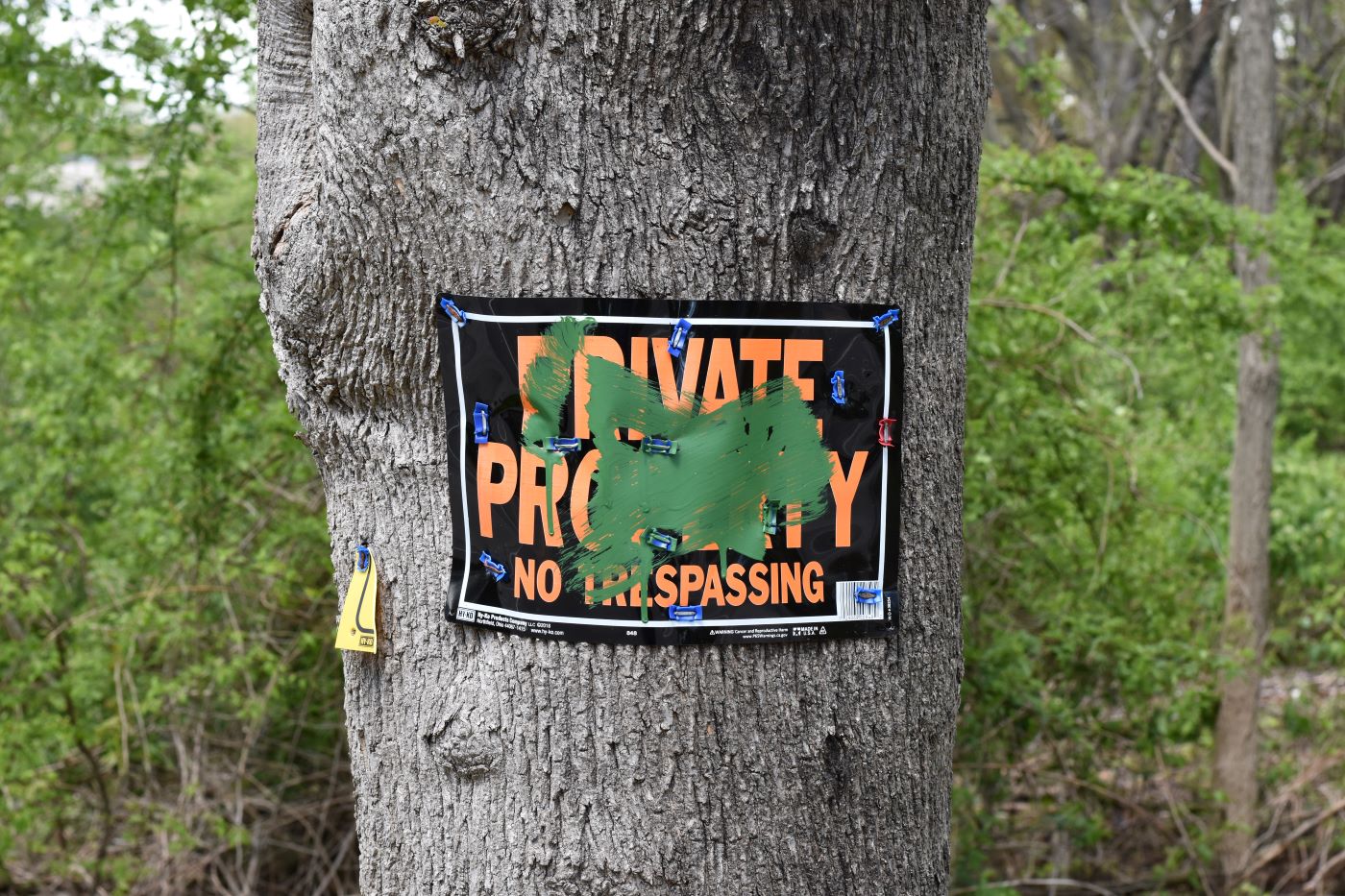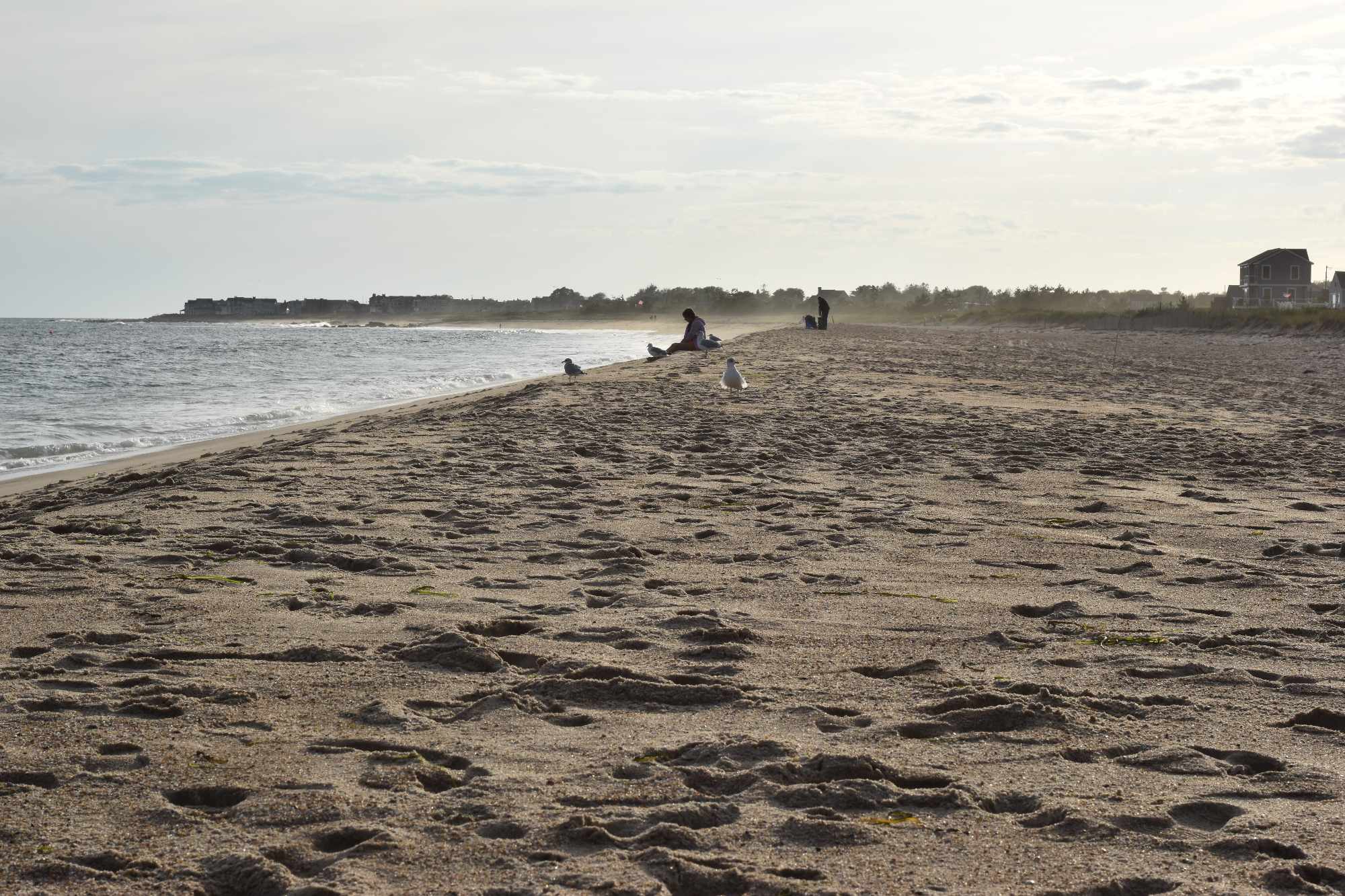Judge Dismisses Lawsuit Challenging Shoreline Access Law
September 21, 2023
PROVIDENCE — Shoreline activists around Rhode Island are celebrating after a federal judge dismissed a legal challenge to the state’s new shoreline access law.
The lawsuit, filed by the Rhode Island Association of Taxpayers (RIACT), claimed the law, which expands the boundary for public shore access to 10 feet from the lowest wrack, or seaweed, line, was an unconstitutional seizure of private property without compensation, and that plaintiffs had a “fear of prosecution.” RIACT named Attorney General Peter Neronha, Terry Gray, director of the state Department of Environmental Management, and Jeff Davis, director of the Coastal Resources Management Council, as co-defendants.
But the court didn’t see it that way. In his opinion, District Judge William Smith said RIACT was suing the wrong people in the wrong court for the wrong relief. Even if the lawsuit was decided in the plaintiff’s favor, wrote Smith, it would do nothing to prevent members of the public from accessing shoreline property, the very harm identified in RIACT’s original legal complaint.
“RIACT must also show that the Defendants sued are the ones who acted wrongfully and are able to right the wrong specified in the complaint,” wrote Smith in his opinion. “If they cannot, the claim is not redressable and there is no standing.”
Ultimately, Smith said, the plaintiffs had no standing to challenge the law in court. With regard to RIACT’s claims about a fear of prosecution over their members enforcing private property rights, Smith compared the argument to putting “lipstick on a pig.”
In a statement to the press, Neronha said he applauded the court’s decision.
“I remain grateful that the General Assembly codified Rhode Islanders’ constitutional rights to shoreline access into state law,” Neronha said. “My office remains committed to protecting those rights against any legal challenge.”
The suit was the first legal challenge against the new shoreline access law signed in June. Prior to the new law, the boundary for public access was set at the mean high water (MHW) line, a near-invisible line that required nearly 20 years of data to accurately place. This line was established in a 1982 state Supreme Court case, State v. Ibbison, and caused more problems than it solved for decades.
After all, if you are a member of the public, attempting to use your coastal access rights enshrined in the state Constitution, how do you tell where public access ends and trespassing on private property begins? The inherent tension from the Ibbison decision was the worst of both worlds: property owners could never successfully enforce trespassing on their property and members of the public could never access the shore.
The tension came to a head during COVID, and lawmakers were spurred to create a lateral access commission to put the matter to rest once and for all. The new law was the result of the commission’s yearlong investigation into coastal access issues, plus another year of advocacy at the Statehouse from shoreline access advocates.
Despite the loss, RIACT said the fight isn’t over. RIACT’s lead attorney on the case, J. David Breemer, an attorney from the Pacific Law Foundation who worked the case pro bono, said the association was considering its options.
“RIACT is disappointed in this result,” Breemer wrote in an email. “But its members will not give up their constitutional property rights and will now consider alternative legal options.”
Categories
Join the Discussion
View CommentsRelated Stories
Your support keeps our reporters on the environmental beat.
Reader support is at the core of our nonprofit news model. Together, we can keep the environment in the headlines.
We use cookies to improve your experience and deliver personalized content. View Cookie Settings



